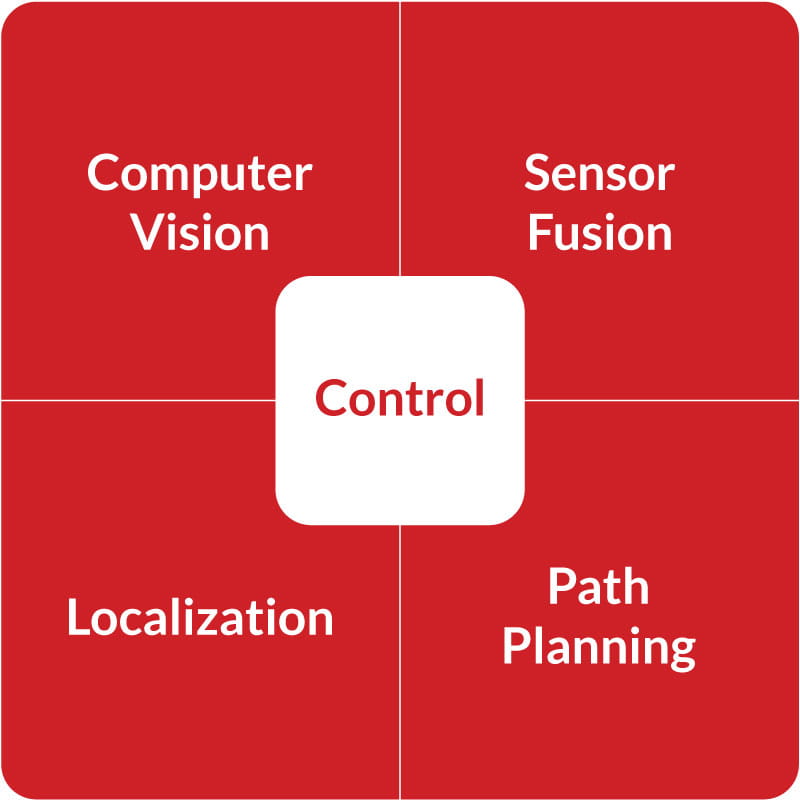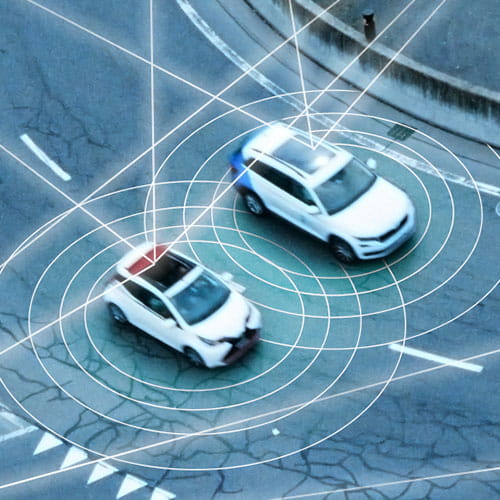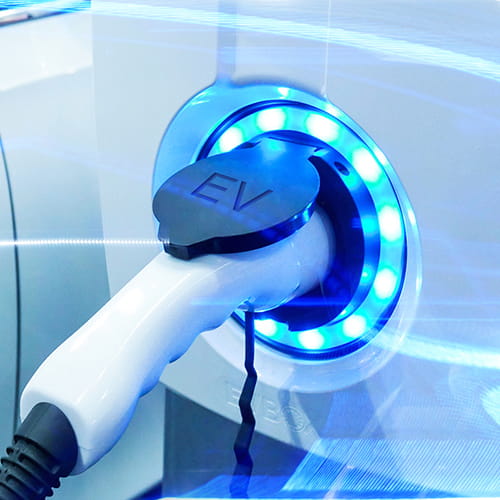What Are Autonomous Vehicles?
The mass production of self-driving cars, also known as autonomous vehicles, has the potential to revolutionize transportation mobility and safety. These vehicles utilize various in-vehicle technologies and sensors, including adaptive cruise control, active steering (steer by wire), anti-lock braking systems (brake by wire), GPS, lasers, and radar.
OEMs must start acting like IT companies to keep pace with consumer demands and market changes.
Currently, motor vehicle operating laws and insurance policies operate on a significant assumption: that a human is behind the wheel. Ramifications of this evolution in transportation are still being explored, and that doesn't exclude business models.
Over time, business models could evolve in multiple dimensions tailored to customer needs related to comfort, ownership, and pricing models. The commoditization of individual journeys could lead to greater competition and force transportation firms to massively scale their fleet operations.
Ultimately, autonomous vehicles could lead to fewer traffic accidents, less congestion, passenger behavior monitoring, emissions awareness, and more.











